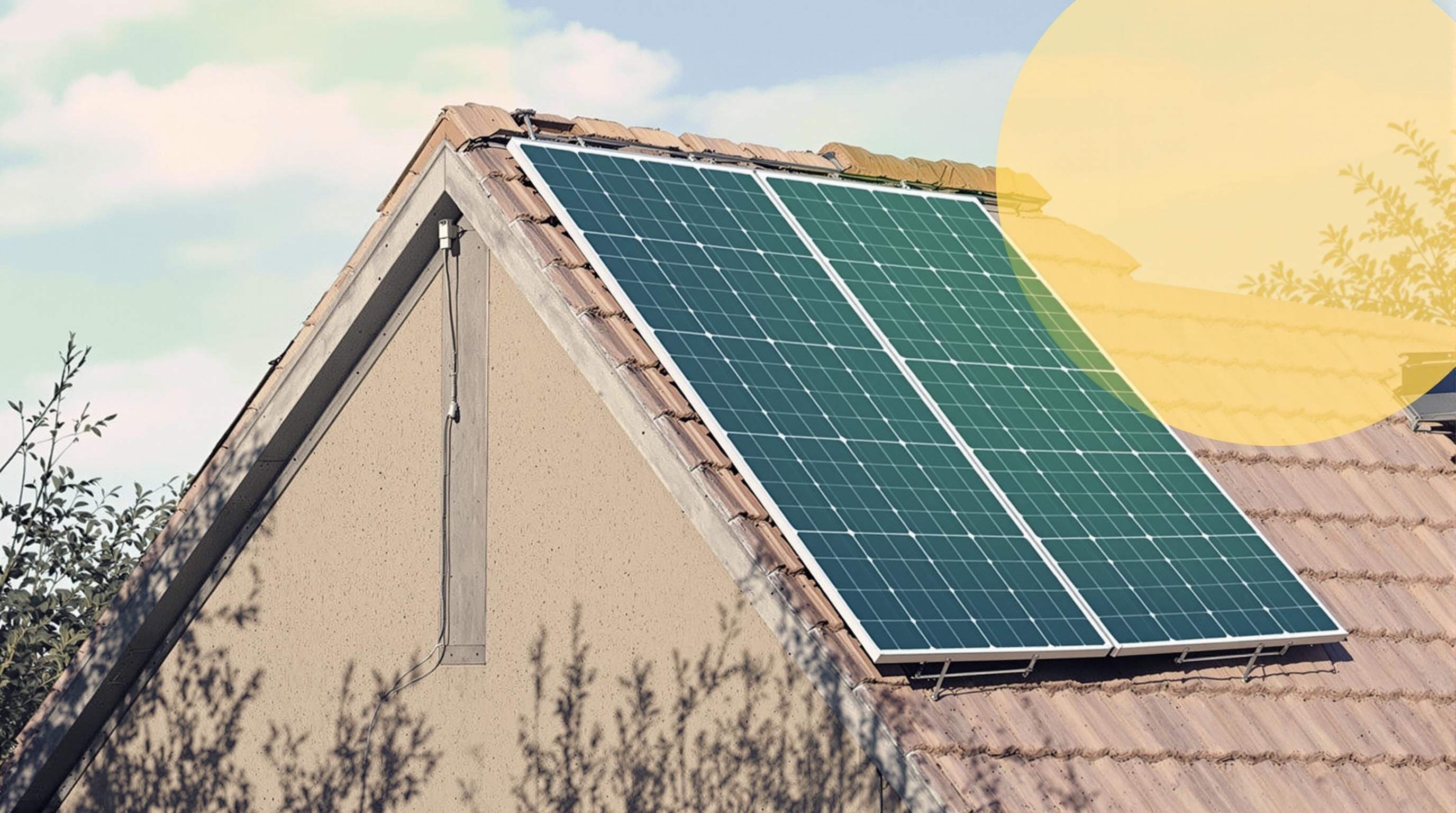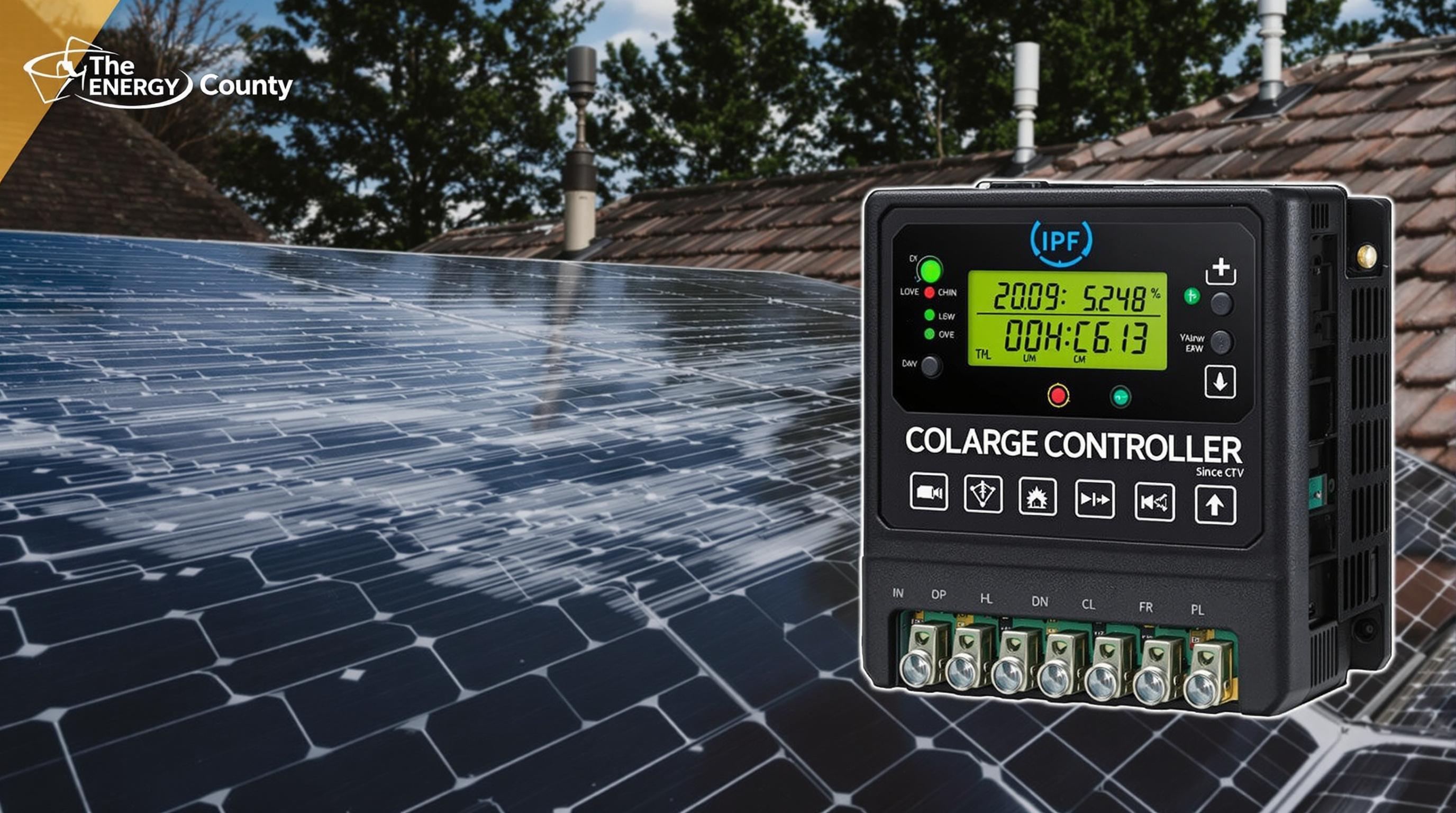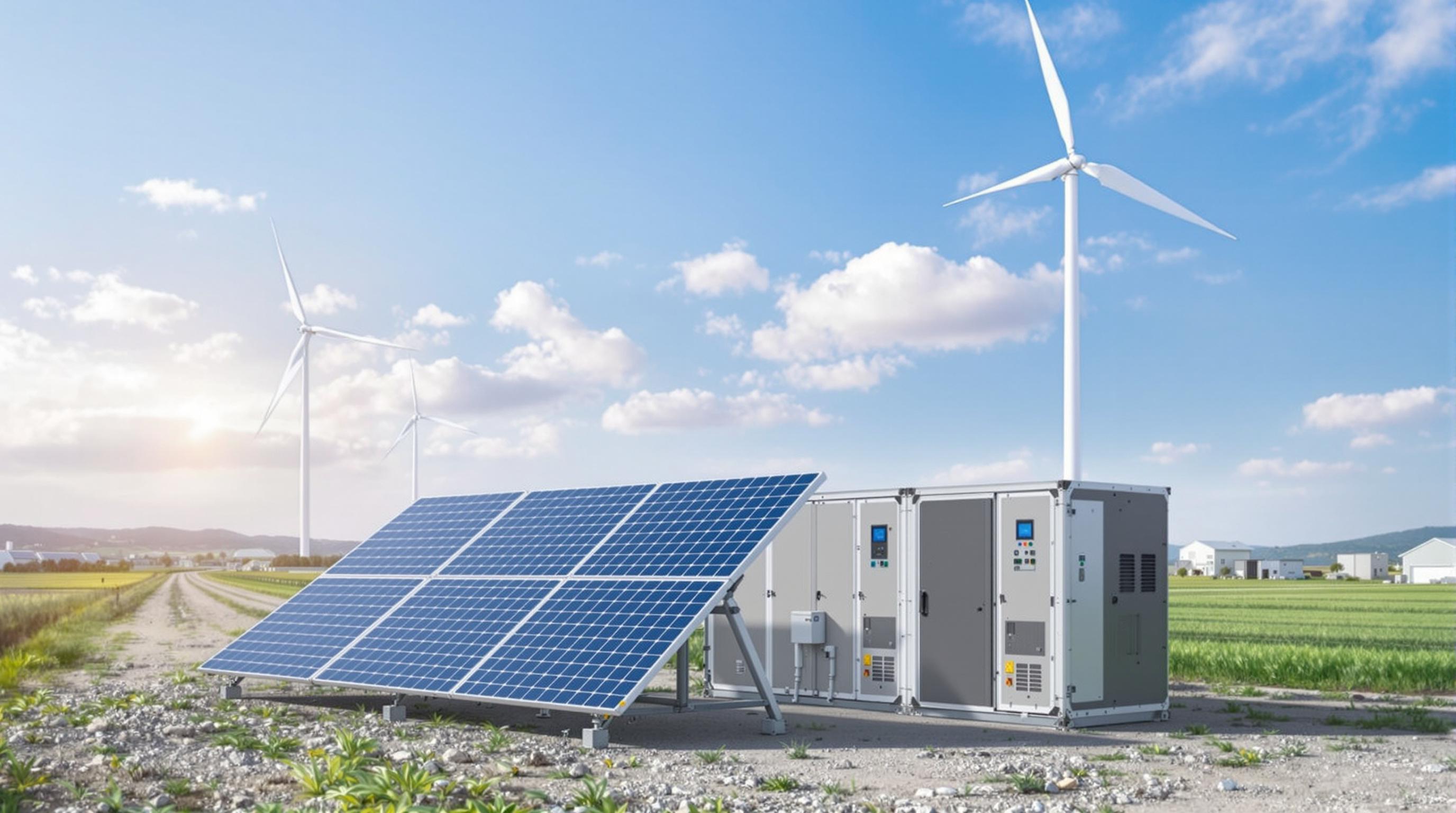Related Articles
- 6 Revolutionary Solar Panel Cleaning Robots Since 2019 Rated for Efficiency and Contractor Appeal
- How Unexpected Weather Patterns Are Shaping Homeowner Choices in Solar Installation Partnerships
- How Solar Inverter Noise Pollution Affects Urban Wildlife and What Manufacturers Are Overlooking
- How Solar Inverters Influence Home Resale Value and What Buyers Rarely Consider Before Purchase
- How Microclimates Secretly Shape Solar Energy Output in Unexpected Urban and Rural Landscapes
- The Quiet Role of Microclimates in Shaping Solar Harvesting Outcomes Beyond Conventional Efficiency Measures
5 Innovative Financing Strategies to Fund Your DIY Solar Installation Without Traditional Loans
5 Innovative Financing Strategies to Fund Your DIY Solar Installation Without Traditional Loans
5 Innovative Financing Strategies to Fund Your DIY Solar Installation Without Traditional Loans
Introduction
Embarking on a DIY solar installation is a rewarding endeavor that merges sustainability with financial prudence. Yet, the common recourse to traditional loans can be daunting, laden with interest rates and rigid repayment terms. Fortunately, innovative financing options have surfaced, allowing homeowners to embrace solar energy without the burdens of conventional borrowing.
These alternative approaches not only democratize access to green technology but also mirror the resourcefulness of homeowners who wish to capitalize on environmental benefits while maintaining financial flexibility. The following insights explore five such strategies, shedding light on practical methods to fund your solar aspirations.
Before proceeding, it is wise to assess your personal financial landscape and local incentives, ensuring that your chosen strategy aligns with your goals and circumstances. This preparation can turn your solar project from a dream into a sustainable reality.
1. Crowdfunding Your Solar Project
Crowdfunding platforms offer an engaging way to finance your solar installation by appealing to a broader community of supporters. Sites like GoFundMe or Kickstarter enable individuals to present their green projects to potential backers who value renewable energy initiatives.
This approach fosters community involvement and reduces dependency on formal financial institutions. Importantly, it can also raise awareness about sustainable practices, inspiring others to contemplate solar solutions in their own homes.
Successful crowdfunding hinges on a compelling narrative and transparent communication regarding project goals and benefits. Sharing regular updates about your DIY journey helps build trust and maintain enthusiasm among contributors.
2. Utilizing Government Grants and Rebates
Numerous government programs provide grants and rebates specifically designed to encourage residential solar installations. These incentives can significantly offset initial costs, effectively serving as non-repayable funding sources.
Locating and applying for such incentives requires thorough research, as offerings vary by jurisdiction and are subject to changing regulations. The Database of State Incentives for Renewables & Efficiency (DSIRE) is an excellent resource for Americans seeking up-to-date information.
Leveraging these programs demands diligence but yields substantial financial rewards. Timely applications and adherence to eligibility requirements can transform the economics of your DIY solar project.
3. Peer-to-Peer Lending Networks
Peer-to-peer (P2P) lending has emerged as a flexible alternative to traditional bank loans, connecting borrowers directly with individual investors. Platforms such as LendingClub and Prosper facilitate such arrangements, often with competitive interest rates.
Unlike conventional loans, P2P lending may offer tailored repayment plans and faster approvals, making it attractive for homeowners eager to commence their DIY solar installation without delay.
Caution is advised, however, to compare terms carefully and understand the obligations involved. Engaging with reputable platforms and reading reviews can assist in selecting the best P2P partner for your financing needs.
4. Solar Leasing and Power Purchase Agreements (PPAs)
For those seeking minimal upfront costs, solar leasing and PPAs provide another avenue. While typically associated with professional installations, some creative arrangements can integrate these models into DIY efforts.
In leasing, a third-party owns the solar equipment, and the homeowner pays a fixed monthly amount. PPAs involve payments based on the electricity generated. Both models reduce initial financial barriers and shift maintenance responsibilities.
Careful contract review is paramount to ensure that terms accommodate your DIY ambitions without restrictive clauses. Exploring community solar projects or cooperative arrangements may also present similar benefits without traditional loans.
5. Home Equity Sharing
Home equity sharing agreements enable homeowners to finance solar installations by allowing investors to claim a portion of their property's future appreciation. This method circumvents standard loan structures and interest payments.
Such agreements appeal to property owners confident in their home's long-term value, offering capital today in exchange for shared future gains. This innovative approach blends real estate investment with renewable energy advancement.
It is essential to engage legal expertise when drafting equity sharing contracts, ensuring that rights and obligations are clearly delineated. Transparency and mutual benefit underlie the success of this financing strategy.
6. Community Solar Cooperatives
Community solar cooperatives pool resources among members to develop shared solar projects. By investing collectively, participants reduce individual costs and enjoy shared benefits, including energy credits or dividends.
This collaborative financing model fosters social bonds and democratizes access to solar power, especially for those unable to install panels on their own homes due to structural or financial constraints.
Joining or forming a cooperative requires community engagement and organizational effort but can yield significant financial and environmental rewards. Local energy agencies often provide support and guidance for such initiatives.
7. Energy Savings Performance Contracts (ESPCs)
ESPCs involve third parties funding energy improvements, including solar installations, with payments derived from proven energy savings over time. This arrangement transfers upfront costs and performance risk away from the homeowner.
While more common in institutional settings, adapting ESPCs for residential use is an emerging trend worth exploring for DIY enthusiasts partnering with energy service companies.
Success requires precise measurement of energy savings and clear contractual terms to protect all parties involved. When executed well, ESPCs align financial incentives with environmental outcomes.
8. Bartering and Skill Swaps
Leveraging personal skills and community networks offers a non-monetary financing option through bartering and skill swaps. For instance, a homeowner might exchange carpentry work for assistance with electrical wiring or panel installation.
This time-honored practice reduces out-of-pocket expenses and builds reciprocity within communities. It harks back to a gentler age where mutual aid was a cornerstone of neighborhood life.
Effective bartering demands clear agreements and trust, as well as an assessment of fair value for services exchanged. Nonetheless, this approach can be both economical and socially enriching.
9. Incentivized Savings Plans
Some financial institutions and employers offer incentivized savings plans that reward consistent deposits towards green initiatives, including solar installations. Matching contributions or bonuses can accelerate your funding accumulation.
Participating in such plans incentivizes disciplined savings, ensuring that capital is available when procurement of materials and equipment becomes necessary.
Exploring these programs entails dialogue with banks and employers, as well as reviewing plan eligibility and conditions. Their implementation can complement other financing strategies effectively.
10. Selling Renewable Energy Certificates (RECs)
Renewable Energy Certificates represent proof that energy has been generated from renewable sources. Homeowners with solar installations, even DIY projects, may be eligible to sell RECs, creating an income stream.
Market participation in REC programs requires registration with appropriate agencies and understanding regional policies. Income from REC sales can offset installation costs over time.
While administrative effort is involved, converting environmental stewardship into financial return underscores the intertwined nature of sustainability and economy. For detailed information, consult the Environmental Protection Agency’s guidelines.
Conclusion
Financing a DIY solar installation without resorting to traditional loans is an achievable goal through these five innovative strategies and additional creative methods. Each offers distinct advantages tailored to varying circumstances and financial tolerances.
By weaving together community support, government incentives, alternative financing models, and personal ingenuity, homeowners can illuminate their lives and reduce their carbon footprint without succumbing to onerous debt.
In embracing these pathways, you not only empower your own household but contribute to a collective advancement toward a sustainable and equitable energy future.



